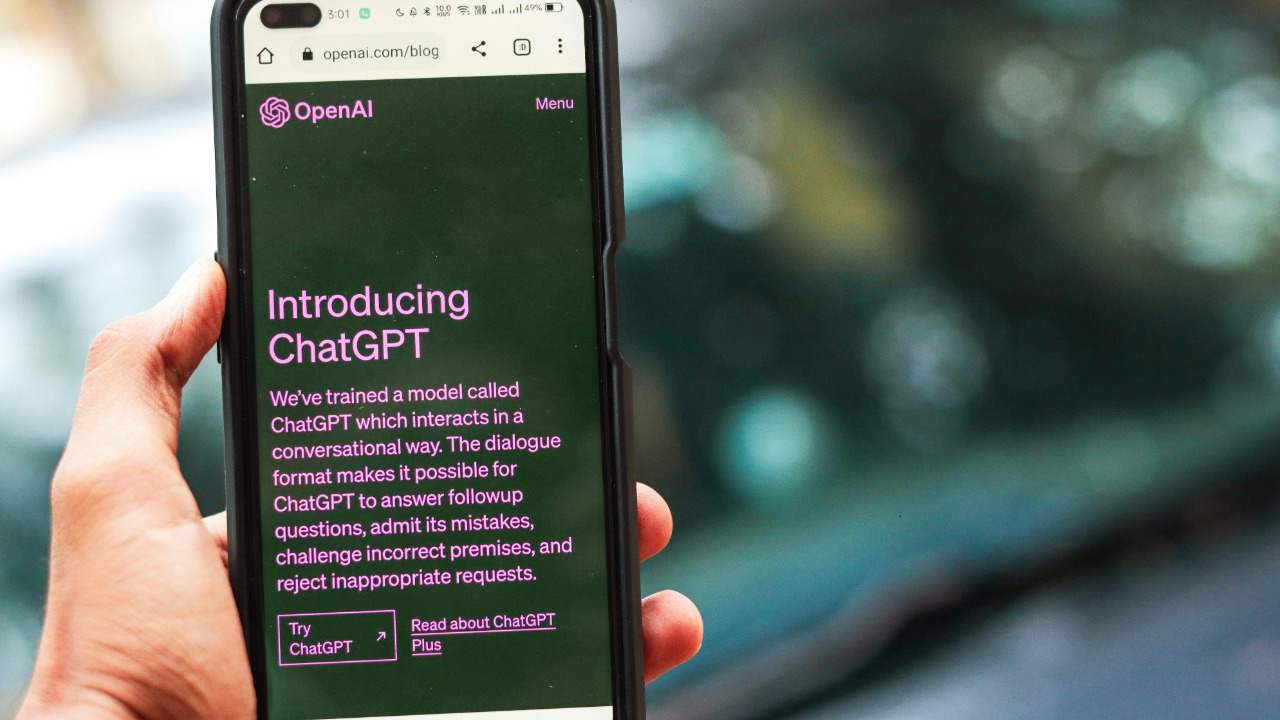
Artificial Intelligence (AI) technology is rapidly transforming our interaction with the world. A recent innovation in this sphere is an AI camera capable of instantaneously identifying human emotions. This breakthrough carries significant implications across various industries.
Understanding the Technology Behind the AI Camera

AI, at its core, is a series of algorithms that mimic human intelligence. These algorithms enable machines to learn from experience, adapt to new inputs, and perform tasks that would otherwise require human intelligence. One of the most exciting advancements in AI is the development of a camera that can identify human emotions in real-time.
This AI camera leverages deep learning algorithms to analyze facial expressions, body language, and other nonverbal cues to determine emotional states. Unlike traditional facial recognition systems, which solely identify individuals, these AI cameras go a step further to interpret facial expressions and body language. By doing so, they provide a more in-depth understanding of the subject’s emotional state.
The AI Camera in Action: Alibaba’s New Model

Alibaba, a leading player in the AI field, has developed a new AI model capable of reading emotions. This model works by capturing images, then interpreting emotions through advanced AI algorithms. It identifies subtle changes in facial expressions and body language, providing instant feedback on the user’s emotional state.
The applications of such technology are vast and can revolutionize industries such as advertising, healthcare, customer service, and more. For instance, in advertising, this technology can help gauge consumer reactions to new products or advertisements, allowing companies to adjust their strategies accordingly.
The Role of Emotional Intelligence in AI Technology

In the context of AI, emotional intelligence refers to the machine’s ability to perceive, understand, and respond to human emotions. This capability allows AI cameras to “learn” and improve their emotion recognition capabilities over time, leading to more accurate results.
However, the integration of emotional intelligence into AI comes with its own set of benefits and drawbacks. On one hand, it can enhance user experience by delivering personalized services based on emotional responses. On the other hand, it raises privacy concerns, as it involves the collection and analysis of sensitive personal data.
Broader Implications of Emotion-Detecting AI Cameras

The advent of emotion-detecting AI cameras could have a profound impact on several industries. In healthcare, for instance, these cameras could be used to monitor patients’ emotional states, providing valuable insights for treatment plans. In customer service, they could help assess customer satisfaction and improve service delivery.
However, the use of this technology also raises ethical considerations, particularly around privacy. There are concerns about the potential misuse of the data collected by these cameras, especially if it falls into the wrong hands. As this technology evolves, it will be crucial to establish robust privacy safeguards to protect individuals’ rights and freedoms.
Case Study: OpenAI’s ChatGPT-4 and Emotion Recognition

OpenAI’s ChatGPT-4 provides a fascinating case study of emotion recognition in action. This AI model uses AI cameras to effectively recognize and respond to human emotions. It represents a significant leap forward in the development of emotionally intelligent AI.
Despite numerous challenges during the development process, OpenAI managed to overcome them by continuously refining its algorithms and training its models on diverse datasets. The result is an AI capable of understanding and responding to human emotions with remarkable accuracy.
The potential applications of ChatGPT-4 are wide-ranging and extend beyond the realms of customer service or healthcare. For instance, it could be used in social care settings to provide emotional support to individuals, or in education to create personalized learning experiences. Despite the challenges, the potential of ChatGPT-4 and similar AI technologies is immense and holds the promise of a future where AI can understand and respond to human emotions just like a human would.